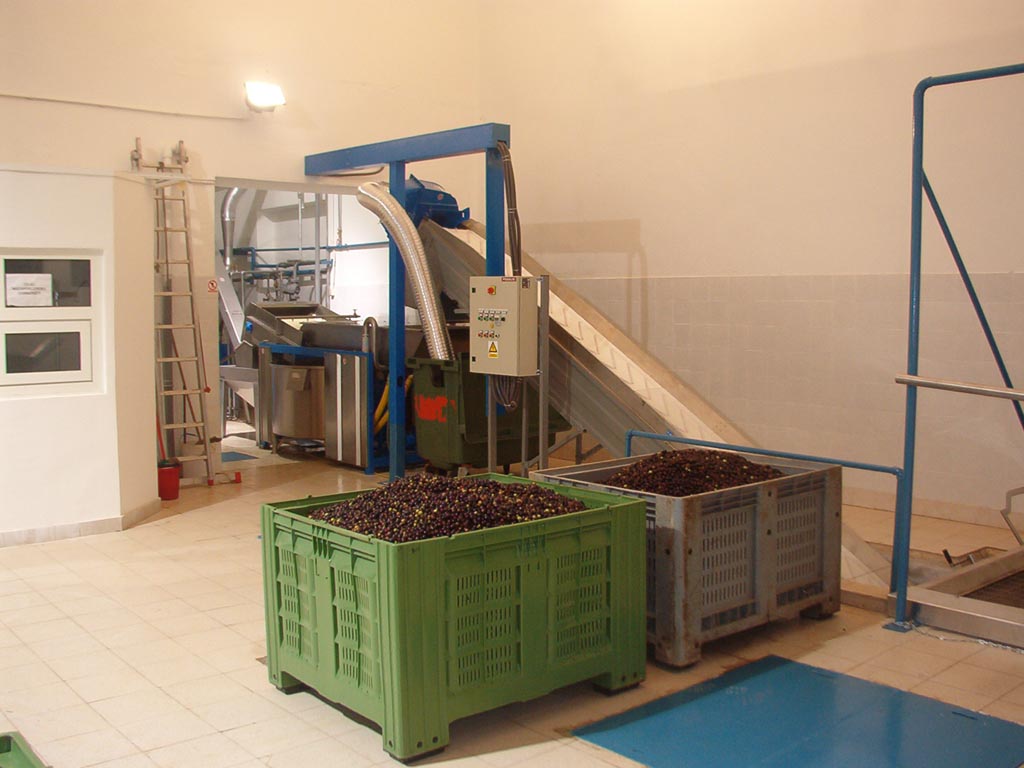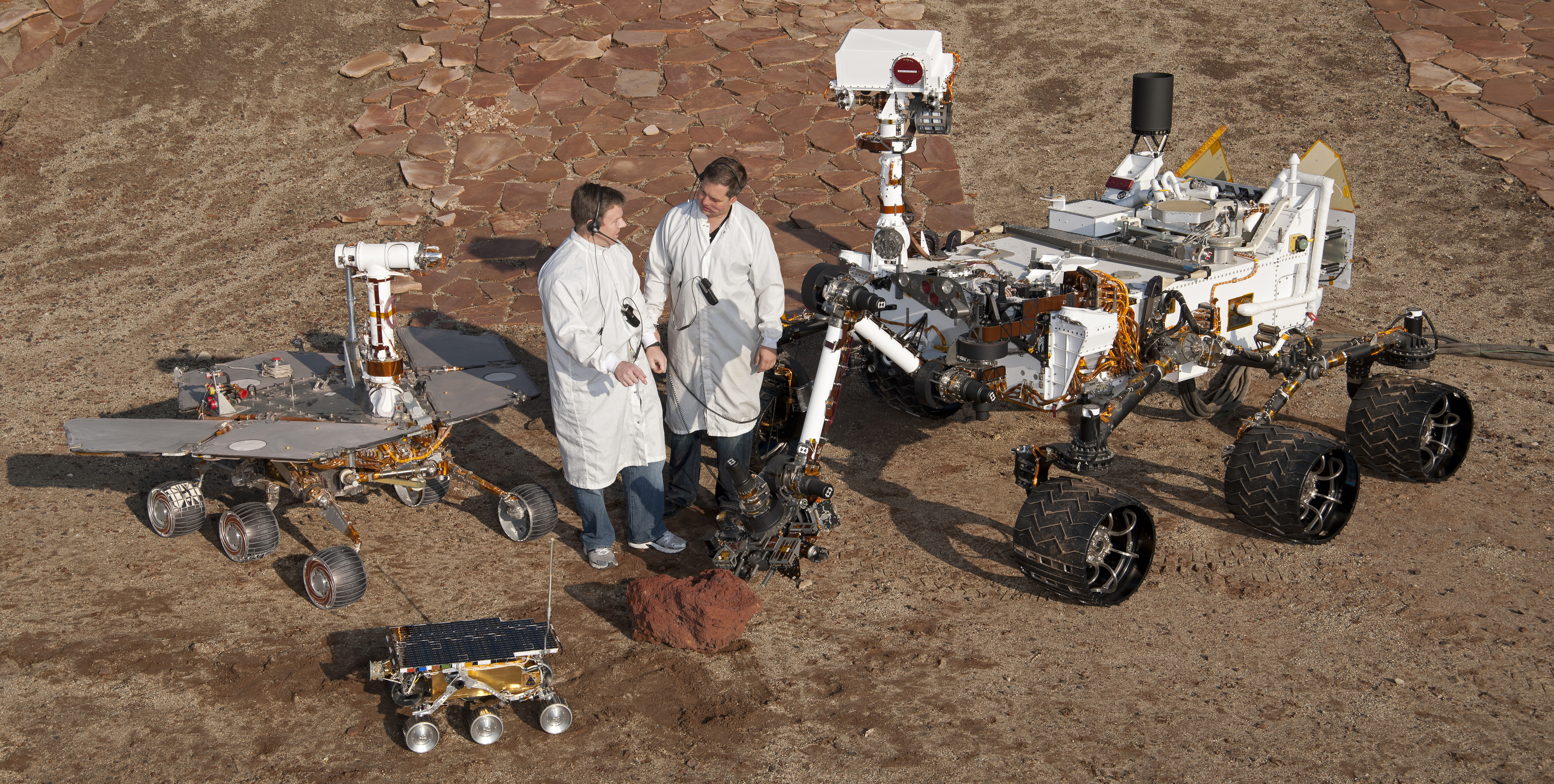|
Wipro Technologies
Wipro Limited () is an Indian multinational technology company based in Bengaluru. It provides information technology, consulting and business process services. It is one of India's Big Six IT services companies. Wipro's services include cloud computing, computer security, digital transformation, artificial intelligence, robotics, data analytics, and other technologies, present in 167 countries. History Early years The company was incorporated on 29 December 1945 in Amalner by MH Hasham Premji as Western India Vegetable Products Limited, a manufacturer of cooking oils. In 1966, after Hasham Premji's death, his son Azim Premji took over as chairperson at age 21. The company changed its name to Wipro Products Limited in 1977, followed by Wipro Limited, a syllabic abbreviation of the original name, in 1982. Shift to IT In the 1980s, recognizing opportunities in computer hardware and software, the company established subsidiaries Wipro Infotech and Wipro Systems. In 1981, Wip ... [...More Info...] [...Related Items...] OR: [Wikipedia] [Google] [Baidu] |
Sarjapur
Sarjapur is a small town in Bengaluru, Karnataka, India. It is a hobli of Anekal taluk, Bengaluru Urban district, and is located towards the southeast of Bangalore. It is one of the industrial areas in Anekal taluk, with others being Attibele, Bommasandra, Chandapura, Electronic City and Jigani. Demographics India census, Sarjapur had a population of 8620, with 4370 males and 4250 females.Village code= 2087400 Sarjapura, Bangalore Urban, Karnataka As of 2011 Census, Sarjapur had a population of 11,807, of which 5,938 were males and 5,869 were females. An estimated 16,900 people are living in 2025. References External links A history of Sarjapura Road: Citizen MattersWhen Sarjapur meant MuslinPopular lieutenant lends his nameSarjapura famous for Muslin and Silk {{Bangalore Urban district Villages in Bengaluru Urban district ... [...More Info...] [...Related Items...] OR: [Wikipedia] [Google] [Baidu] |
Business Process
A business process, business method, or business function is a collection of related, structured activities or tasks performed by people or equipment in which a specific sequence produces a service or product (that serves a particular business goal) for a particular customer or customers. Business processes occur at all organizational levels and may or may not be visible to the customers. A business process may often be visualized (modeled) as a flowchart of a sequence of activities with interleaving decision points or as a process matrix of a sequence of activities with relevance rules based on data in the process. The benefits of using business processes include improved customer satisfaction and improved agility for reacting to rapid market change. Process-oriented organizations break down the barriers of structural departments and try to avoid functional silos. Overview A business process begins with a mission objective (an external event) and ends with achievement of the ... [...More Info...] [...Related Items...] OR: [Wikipedia] [Google] [Baidu] |
Intel 8086
The 8086 (also called iAPX 86) is a 16-bit computing, 16-bit microprocessor chip designed by Intel between early 1976 and June 8, 1978, when it was released. The Intel 8088, released July 1, 1979, is a slightly modified chip with an external 8-bit Bus (computing), data bus (allowing the use of cheaper and fewer supporting Integrated circuit, ICs),Fewer TTL buffers, latches, multiplexers (although the amount of TTL logic was not drastically reduced). It also permits the use of cheap 8080-family ICs, where the 8254 CTC, Intel 8255, 8255 PIO, and 8259 PIC were used in the IBM PC design. In addition, it makes PCB layout simpler and boards cheaper, as well as demanding fewer (1- or 4-bit wide) DRAM chips. and is notable as the processor used in the original IBM Personal Computer, IBM PC design. The 8086 gave rise to the x86 architecture, which eventually became Intel's most successful line of processors. On June 5, 2018, Intel released a limited-edition CPU celebrating the 40th anniv ... [...More Info...] [...Related Items...] OR: [Wikipedia] [Google] [Baidu] |
Minicomputer
A minicomputer, or colloquially mini, is a type of general-purpose computer mostly developed from the mid-1960s, built significantly smaller and sold at a much lower price than mainframe computers . By 21st century-standards however, a mini is an exceptionally large machine. Minicomputers in the traditional technical sense covered here are only small relative to generally even earlier and much bigger machines. The class formed a distinct group with its own software architectures and operating systems. Minis were designed for control, instrumentation, human interaction, and communication switching, as distinct from calculation and record keeping. Many were sold indirectly to original equipment manufacturers (OEMs) for final end-use application. During the two-decade lifetime of the minicomputer class (1965–1985), almost 100 minicomputer vendor companies formed. Only a half-dozen remained by the mid-1980s. When single-chip CPU microprocessors appeared in the 1970s, the defi ... [...More Info...] [...Related Items...] OR: [Wikipedia] [Google] [Baidu] |
Syllabic Abbreviation
An abbreviation () is a shortened form of a word or phrase, by any method including shortening, contraction, initialism (which includes acronym), or crasis. An abbreviation may be a shortened form of a word, usually ended with a trailing period. For example, the term ''etc.'' is the usual abbreviation for the Latin phrase . Types A '' contraction'' is an abbreviation formed by replacing letters with an apostrophe. Examples include ''I'm'' for ''I am'' and ''li'l'' for ''little''. An ''initialism'' or ''acronym'' is an abbreviation consisting of the initial letter of a sequence of words without other punctuation. For example, FBI ( ), USA ( ), IBM ( ), BBC ( ). When initialism is used as the preferred term, acronym refers more specifically to when the abbreviation is pronounced as a word rather than as separate letters; examples include SWAT and NASA. Initialisms, contractions and crasis share some semantic and phonetic functions, and are connected by the term ''abbreviat ... [...More Info...] [...Related Items...] OR: [Wikipedia] [Google] [Baidu] |
Chairperson
The chair, also chairman, chairwoman, or chairperson, is the presiding officer of an organized group such as a Board of directors, board, committee, or deliberative assembly. The person holding the office, who is typically elected or appointed by members of the group or organisation, presides over meetings of the group, and is required to conduct the group's business in an orderly fashion. In some organizations, the chair is also known as ''President (corporate title), president'' (or other title). In others, where a board appoints a president (or other title), the two terms are used for distinct positions. The term chairman may be used in a neutral manner, not directly implying the gender of the holder. In meetings or conferences, to "chair" something (chairing) means to lead the event. Terminology Terms for the office and its holder include ''chair'', ''chairman'', ''chairwoman'', ''chairperson'', ''convenor'', ''facilitator'', ''moderator (town official), moderator'', ''pr ... [...More Info...] [...Related Items...] OR: [Wikipedia] [Google] [Baidu] |
Cooking Oil
Cooking oil (also known as edible oil) is a plant or animal liquid fat used in frying, baking, and other types of cooking. Oil allows higher cooking temperatures than water, making cooking faster and more flavorful, while likewise distributing heat, reducing burning and uneven cooking. It sometimes imparts its own flavor. Cooking oil is also used in food preparation and flavoring not involving heat, such as salad dressings and bread dips. Cooking oil is typically a liquid at room temperature, although some oils that contain saturated fat, such as coconut oil, palm oil and palm kernel oil are solid. There are a wide variety of cooking oils from plant sources such as olive oil, palm oil, soybean oil, canola oil ( rapeseed oil), corn oil, peanut oil, sesame oil, sunflower oil and other vegetable oils, as well as animal-based oils like butter and lard. Oil can be flavored with aromatic foodstuffs such as herbs, chilies or garlic. Cooking spray is an aerosol of coo ... [...More Info...] [...Related Items...] OR: [Wikipedia] [Google] [Baidu] |
Amalner
Amalner is a town and a municipal council in Jalgaon district in the state of Maharashtra, India, situated on the bank of the Bori River. Amalner is the birthplace of the Wipro company, which started business by producing vanaspati ghee from sunflower seeds there. Amalner is a tehsil in Jalgaon district. Amalner lies on the Western Railway between Surat and Bhusawal. Amalner is well connected to the Central Railway through Jalgaon / Bhusaval as well as the Western through Surat. History Amalner has a historical importance in the fields of education, industrialisation and independence movements. It is host to one of the oldest philosophical centres in India, the Pratap Tatwadnyan Mandir, formerly the Indian Institute of Philosophy. Pandurang Sadashiv Sane, popularly known as Sane Guruji, was one of the famous teachers at Pratap high school. He fought for the independence of India, was a teacher, poet and writer, and wrote many books, including ''Shyamchi Aai'' and ''Bha ... [...More Info...] [...Related Items...] OR: [Wikipedia] [Google] [Baidu] |
Data Analytics
Analytics is the systematic computational analysis of data or statistics. It is used for the discovery, interpretation, and communication of meaningful patterns in data, which also falls under and directly relates to the umbrella term, data science. Analytics also entails applying data patterns toward effective decision-making. It can be valuable in areas rich with recorded information; analytics relies on the simultaneous application of statistics, computer programming, and operations research to quantify performance. Organizations may apply analytics to business data to describe, predict, and improve business performance. Specifically, areas within analytics include descriptive analytics, diagnostic analytics, predictive analytics, prescriptive analytics, and cognitive analytics. Analytics may apply to a variety of fields such as marketing, management, finance, online systems, information security, and software services. Since analytics can require extensive computation (see ... [...More Info...] [...Related Items...] OR: [Wikipedia] [Google] [Baidu] |
Robotics
Robotics is the interdisciplinary study and practice of the design, construction, operation, and use of robots. Within mechanical engineering, robotics is the design and construction of the physical structures of robots, while in computer science, robotics focuses on robotic automation algorithms. Other disciplines contributing to robotics include electrical engineering, electrical, control engineering, control, software engineering, software, Information engineering (field), information, electronics, electronic, telecommunications engineering, telecommunication, computer engineering, computer, mechatronic, and materials engineering, materials engineering. The goal of most robotics is to design machines that can help and assist humans. Many robots are built to do jobs that are hazardous to people, such as finding survivors in unstable ruins, and exploring space, mines and shipwrecks. Others replace people in jobs that are boring, repetitive, or unpleasant, such as cleaning, ... [...More Info...] [...Related Items...] OR: [Wikipedia] [Google] [Baidu] |
Artificial Intelligence
Artificial intelligence (AI) is the capability of computer, computational systems to perform tasks typically associated with human intelligence, such as learning, reasoning, problem-solving, perception, and decision-making. It is a field of research in computer science that develops and studies methods and software that enable machines to machine perception, perceive their environment and use machine learning, learning and intelligence to take actions that maximize their chances of achieving defined goals. High-profile applications of AI include advanced web search engines (e.g., Google Search); recommendation systems (used by YouTube, Amazon (company), Amazon, and Netflix); virtual assistants (e.g., Google Assistant, Siri, and Amazon Alexa, Alexa); autonomous vehicles (e.g., Waymo); Generative artificial intelligence, generative and Computational creativity, creative tools (e.g., ChatGPT and AI art); and Superintelligence, superhuman play and analysis in strategy games (e.g., ... [...More Info...] [...Related Items...] OR: [Wikipedia] [Google] [Baidu] |
Digital Transformation
Digital transformation (DT) is the process of adoption and implementation of digital technology by an organization in order to create new or modify existing products, services and operations by the means of translating business processes into a digital format. The goal for its implementation is to increase value through innovation, invention, improved customer experience and efficiency. Focusing on efficiency and costs, the Chartered Institute of Procurement & Supply (CIPS) defines "digitalisation" as However, since there are no comprehensive data sets on digital transformation at the macro level, the overall effect of digital transformation is still (), too early to comment. While there are approaches which see digital transformation as an opportunity to be seized quickly if the dangers of delay are to be avoided, a useful incremental approach to transformation called discovery-driven planning (DDP) has been proven to help solve digital challenges, especially for traditional ... [...More Info...] [...Related Items...] OR: [Wikipedia] [Google] [Baidu] |




